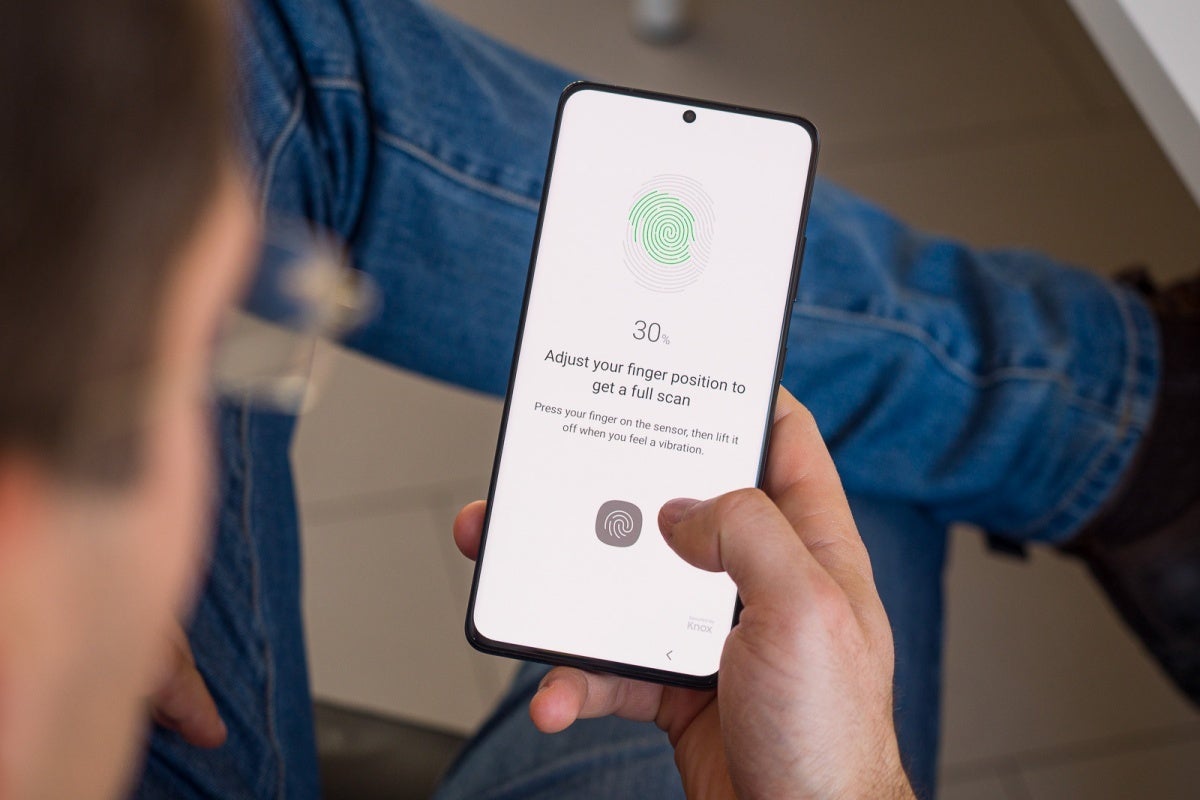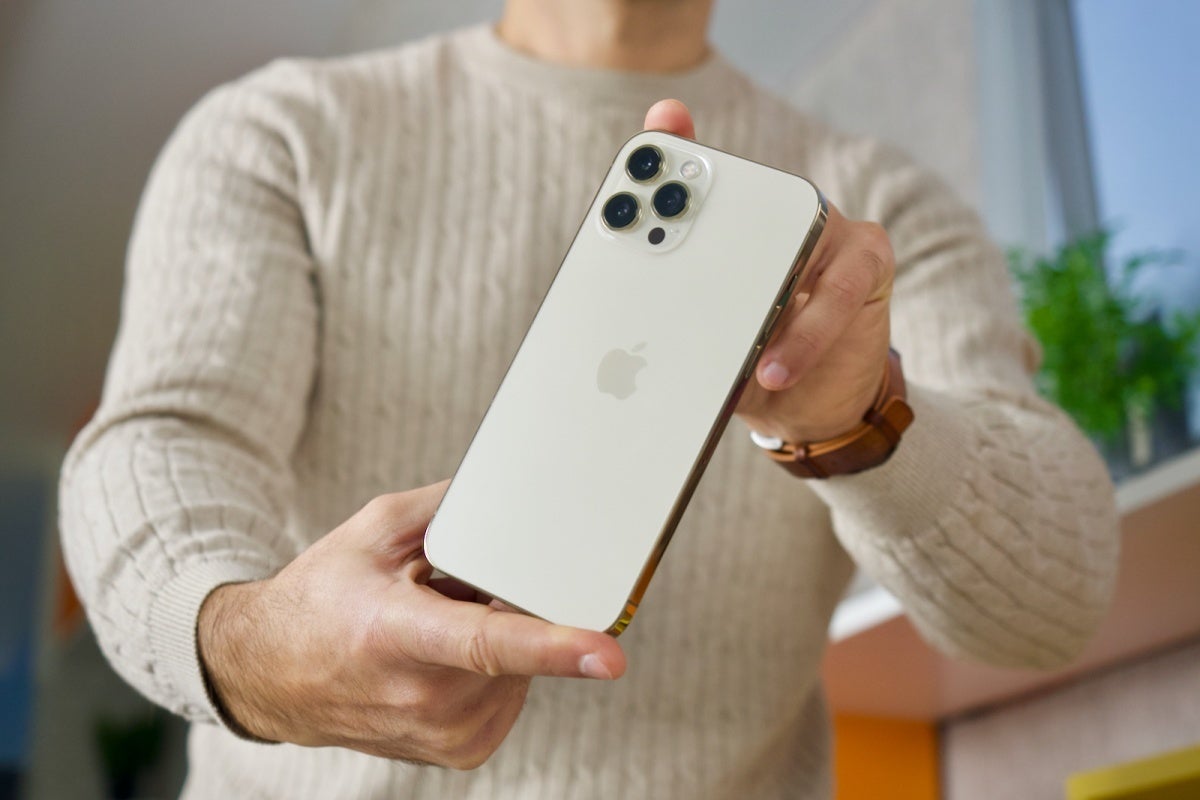Apple's entire iPhone 13 family is 'likely' to bring a highly anticipated feature to market

iPhone 13 Pro concept renders with in-display fingerprint recognition
Of course, there are no plans to abandon the increasingly sophisticated, secure, convenient, and yes, beloved Face ID technology either, with Apple instead most likely aiming to put both state-of-the-art fingerprint and facial scanning features on the same handsets... eventually.
The return of the popular Touch ID functionality could take place later this year, at least according to several reputable sources, although other well-known analysts and trusted insiders seem hesitant the iPhone 13 family will indeed make this important leap forward.
Only a matter of time until fingerprint-under-glass technology becomes an iPhone thing
We know exactly what you're thinking. Why is everyone making such a big deal out of Apple's tardy potential adoption of a feature that's been standard on premium Android handsets for quite some time now? Put simply, the answer is because Apple could do it better than everyone from Samsung to Huawei, LG, Motorola, OnePlus, and Google.
Google, mind you, has been the other big holdout of the in-display fingerprint sensor movement, opting for a traditional rear-mounted biometric authentication method on last year's Pixel 4a, 4a 5G, and 5 after experimenting with an Apple-rivaling 3D face unlock system on 2019's Pixel 4 and 4 XL.

The Galaxy S21 Ultra is just one of many Android devices to sport an under-display fingerprint scanner today
In theory, that means this year's Pixel 6 may well challenge the iPhone 13 lineup in terms of screen-embedded fingerprint recognition accuracy and reliability, but something tells us that's unlikely to ultimately be the case.
For what it's worth, there are no words on how Apple's internal testing of the under-glass Touch ID technology is going or what companies will supply the necessary parts and components to make this upgrade possible in the latest report anticipating "2H21 iPhone" changes and beyond.
All that Barclays analysts are ready to predict today is the hidden fingerprint sensor is coming this year alongside a slightly smaller notch on all iPhone 13 models. Said notch should be able to accommodate a "more tightly integrated version of the existing structured light system", which essentially means the Face ID feature will largely go unchanged in 2021.
2022's iPhone 14 roster, however, could make a radical "architectural shift from structured light to time-of-flight, allowing for an even smaller footprint." In other words, 2022 is expected to be the year of the first iPhone with a hole punch display... if all these predictions come true.
No LiDAR scanner for the iPhone 13 and 13 mini
Speaking of time-of-flight (ToF) technology, it seems practically etched in stone that the vanilla iPhone 13 and the diminutive iPhone 13 mini will follow in the footsteps of their predecessors with no such 3D LiDAR scanner on their back.
That in turn emphasizes Apple's plan to release a compact iPhone 13 mini model even after the underwhelming sales numbers of the 5.4-inch iPhone 12 mini, as well as the pretty much guaranteed integration of the aforementioned LiDAR sensor into the quad rear-facing camera system of both the iPhone 13 Pro and 13 Pro Max.

iPhone 12 Pro Max
That obviously doesn't mean the imaging setups of the four 5G-enabled iPhone 13 variants will be identical to the camera components of their 12-series forerunners, with important upgrades also rumored in the screen technology department and the overall design language unlikely to be radically transformed.
It remains to be seen if Apple will indeed go the divisive portless route this year after already stirring controversy with its 2020 decision to drop the bundled charger and earphones from the iPhone 12 series boxes. If that happens, at least you have things like improved battery capacity and expanded storage space to look forward to.










Things that are NOT allowed: